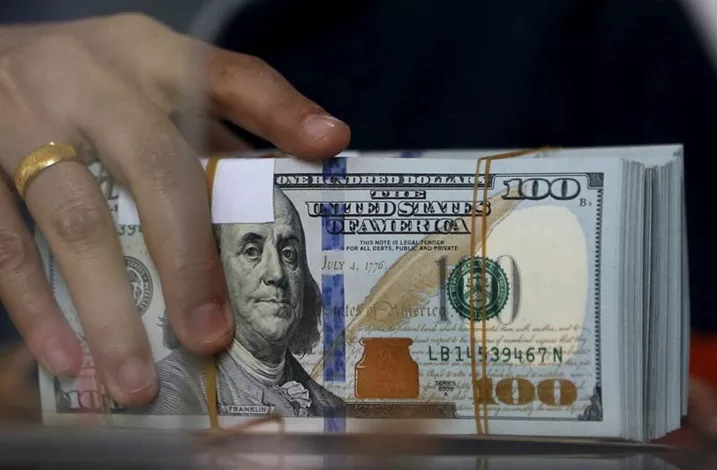The U.S. dollar faced difficulties holding onto a brief rebound on Wednesday, as the Swiss franc, euro, and yen gained ground, with sterling reaching a six-month high. Attention has shifted toward trade deals with the U.S., further weighing on the greenback’s performance.
The dollar has been under pressure due to growing uncertainty in the U.S. caused by the threat, enforcement, and suspension of radical tariffs over recent weeks, which has shaken global markets and trade.
The euro, which recently pulled back from a three-year high of $1.1474, found stability by the afternoon in Asia, climbing 0.6% to $1.1346. This movement pushed the dollar index below the key 100 mark.
The Swiss franc was the top performer among G10 currencies, strengthening nearly 1% to 0.8184 per dollar, following President Trump’s “Liberation Day” tariff announcement. The Japanese yen rose 0.5%, reaching 142.6 per dollar, approaching a six-month high. Sterling also hit a six-month peak of $1.3296, bolstered by Britain’s exemption from the harshest U.S. tariffs and U.S. Vice President JD Vance’s statements supporting a potential trade deal.
Later in the day, Japan’s economy minister Ryosei Akazawa and U.S. Treasury Secretary Scott Bessent will begin talks that could influence foreign exchange markets, with speculation about a possible agreement to strengthen the yen. However, data from last week indicated a record-high net yen position, suggesting a possible sharp reversal if talks falter.
Other economic data releases include British CPI figures, U.S. retail sales, a speech from Federal Reserve Chairman Jerome Powell, and a Bank of Canada meeting where policymakers may decide whether to cut interest rates. The Canadian dollar held steady at C$1.3934 per U.S. dollar, having risen 4% in April, highlighting investor concerns over U.S. policymaking and recession fears.
In Asia-Pacific, the Australian and New Zealand dollars, which saw significant gains last week, remained relatively strong, with the Aussie at $0.6350 and the kiwi at $0.5917. Despite strong first-quarter growth in China, market reactions were muted.
Traders are closely monitoring the Chinese yuan and U.S. Treasury markets for clues on the dollar’s future direction. China has slightly weakened the yuan’s trading band, reflecting ongoing trade tensions. The U.S. Treasury market, after last week’s turmoil, is showing signs of stabilization, with analysts watching for a potential return to the correlation between U.S. yields and the dollar.
Steve Englander, head of G10 FX research at Standard Chartered, noted, “Restoring the higher UST yield = stronger USD equation would be a major sign of normalization.” He believes that easing growth pessimism and reduced tariff concerns could help support the dollar once again.
Related Topics:


